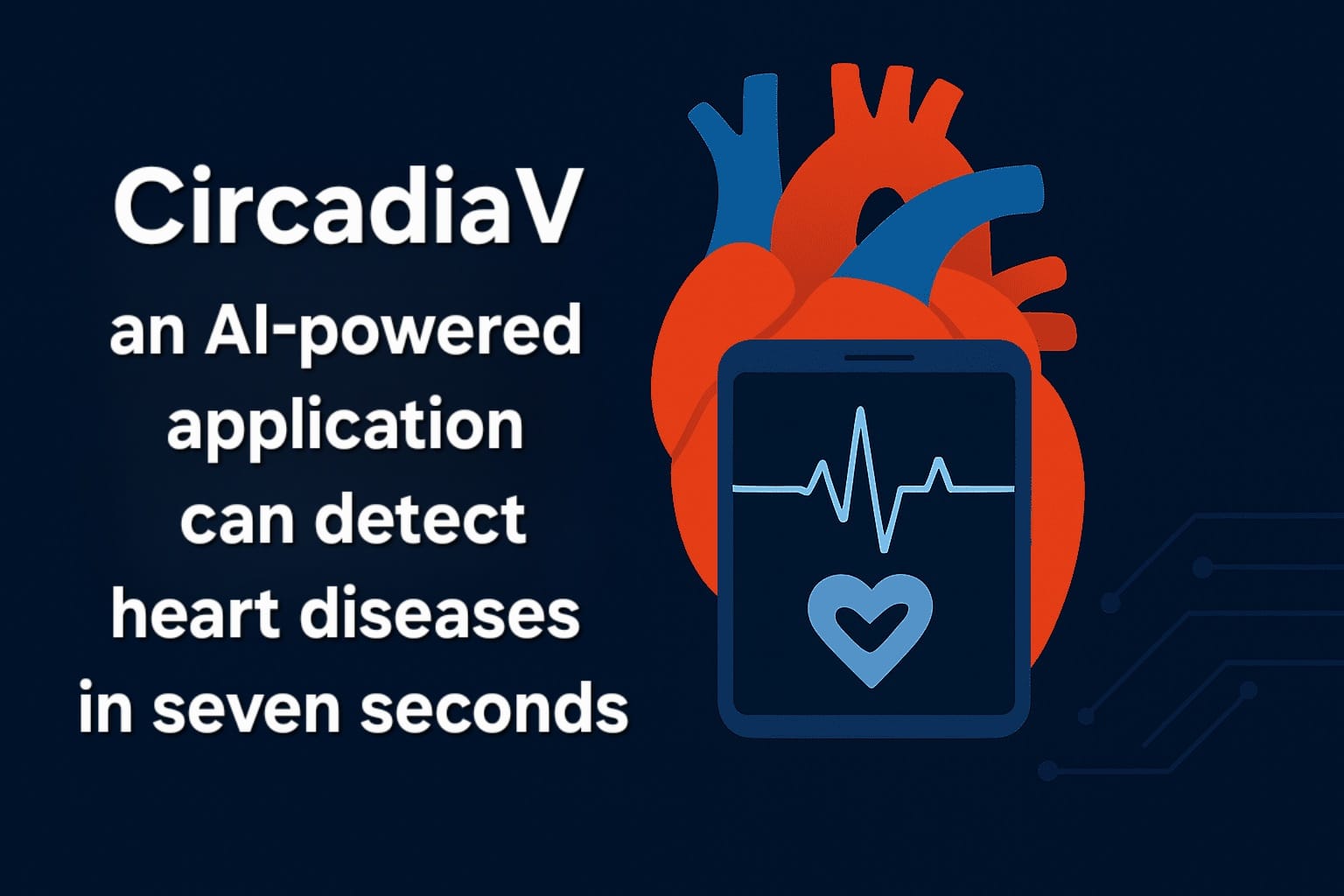Type I diabetes is when the body fails to produce sufficient natural insulin. It can occur in children, toddlers, and infants. It is also known as juvenile diabetes. In this type, parents need to give their child insulin injections and monitor blood sugar at regular intervals. Sometimes it is difficult to manage in children.
The exact cause of type I diabetes in children is still unknown. It can be because of genetic factors and environmental factors like viruses. But studies are still going on to know the exact cause of it.
Symptoms
1. Increased urination
2. Increased appetite
3. Excessive thirst
4. Irritability, mood swings, headache, nausea
5. Weight loss, fatigue, weakness, blurred vision
Risk factors
1. If there is a family history of disease in the family, chances are there that your child might also develop.
2. Certain genetic factors.
3. Two age groups are at risk – 4-7 years and 10-14 years
Treatment options for type I diabetes
1. Taking insulin – There are several types of insulin available in the market – rapid-acting, short-acting, long-acting, ultra-long acting and also intermediate-acting.
2. Healthy diet - Diet should include nutritious foods such as fruits, vegetables, lean protein, and whole grains.
3. Blood sugar monitoring – You should regularly monitor blood sugar levels. The more you test, the safer it will be.
4. Regular exercise – Encourage your child to exercise regularly. The child should be physically active so as to prevent obesity.
Complications of type I diabetes
If left untreated type I diabetes can cause damage to different organs in the body. Hence it is important to maintain and manage blood sugar.
1. Diabetic neuropathy or nerve damage – This may cause tingling, numbness, pain, and burning sensation.
2. Heart diseases – Hypertension, angina, heart attack, narrowing of arteries
3. Kidney disease (nephropathy) – Kidney damage or irreversible kidney disease that may require dialysis or kidney transplant.
4. Diabetic retinopathy – This may cause blindness.
5. Mouth and skin infections – bacterial and viral infections.
6. Osteoporosis – It decreases bone mineral density leading to several bone-related diseases.
We cannot prevent Type I diabetes but we can surely control it. Protect your child's sugary and starchy food items intake. Maintain blood sugar with a healthy diet. Proper and timely monitoring can give your child a normal and healthy life despite having type 1 diabetes.
Disclaimer: The content on this site is for informational purposes only, and should not be taken as professional medical advice. Always seek the guidance of your doctor or other health professionals for any questions you may have regarding your health or a medical condition.

 Type I diabetes or insulin-dependent diabetes or juvenile diabetes can occur in children, toddlers, or infants. Read on to know the causes, symptoms, and treatment of it in children.
Type I diabetes or insulin-dependent diabetes or juvenile diabetes can occur in children, toddlers, or infants. Read on to know the causes, symptoms, and treatment of it in children.










.jpeg)

.jpg)







.jpeg)



.jpg)


.jpg)




.jpg)


